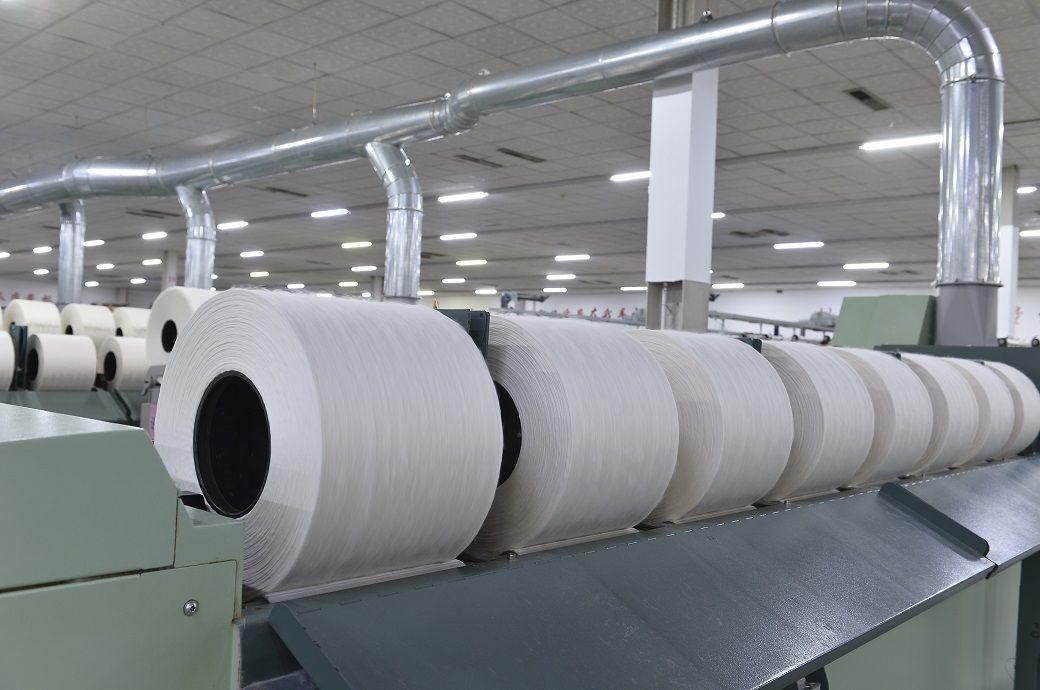At first, the new MacBook Pro doesn’t look all that different: the same polished black finish and the same sharp 14.2-inch display. But after a day of working with Men’s Folio art director Danessa, the difference became obvious. Every tool responded faster and every edit felt effortless. Next to an old Intel MacBook Pro, it was like jumping a few years into the future, a future where technology quietly takes a backseat so ideas can take center stage.
The engine: M5 chip and AI pivot
Here’s the real star of the show: Apple’s new M5 chip. It’s built with ten cores: four that do everything they can and six that quietly keep everything running efficiently in the background. Apple calls it the fastest core on the planet. We can’t confirm it, but using it it definitely feels that way.
Apple says it’s 20 percent faster than the M4, while using the same amount of power. It may seem like a small hit, but you feel it in every edit and export. A 10-minute 4K video that previously took just over five minutes to render on the M4 now finishes in about four. It’s not groundbreaking on paper, but in practice, that means one minute less waiting and one more minute spent creating.
On paper, the M5 boasts up to 20% faster CPU performance, 45% faster graphics, and a 3.5x increase in AI tasks. But the numbers only tell part of the story. The real magic is in what that means every day: no more wheels turning, no more “just a second.”
We saw it in action with Danessa, art director of Men’s Folio. On his old Intel machine, a 4K timeline with color grading, noise reduction, and some nested sequences was a nightmare: you’d hit export, plug in your charger, and go grab some coffee. With the M5, it’s instant. Scrolling, scrubbing and layering filters – all buttery smooth. Those small moments saved, over and over, add up to hours at the end of the week. Now you spend hours on design, not delays.
But the real leap forward is not just about speed; it’s about how smart the M5 has become. Its GPU cores now include integrated neural accelerators, designed specifically for artificial intelligence tasks. That means anything powered by AI, from local language models to intelligent tools in creative applications, now runs with remarkable ease.
The AI improvement that once took minutes? Done in seconds. Smart masking that used to lag behind your brush? Now he feels almost telepathic. Even the CPU joins in, with its own neural accelerators handling quick tasks like speech recognition and background assistance.
The AI revolution is local
This is the most exciting part for us. The M5’s new neural accelerators on each GPU core make AI-powered tools a standard feature, not just a perk. Running AI noise reduction in Topaz Video or using advanced AI masking and object removal in Premiere or Resolve is now handled locally, up to 7.7 times faster than on the M1.
This is not just a small improvement. It turns features that were once too slow to use into essential parts of your creative process. You can generate complex image variations in apps like Draw Things in seconds. This type of creative iteration used to require a large, powerful desktop PC.
The Right Tools: Ports That Get the Job Done
After years of minimalist design, Apple seems to have listened to the people who actually use its machines. The new MacBook Pro brings back all the ports that pros have missed, and honestly, it’s a relief.
You get three Thunderbolt 4 (USB-C) ports that handle ultra-fast transfers and charging, plus the beloved MagSafe 3 connector. That magnetic click isn’t just nostalgic; It’s practical. If someone trips over the cable, it comes out harmlessly, something Danessa, our art director, wished existed when she lost a laptop in a studio mishap.
Then there’s the SDXC card slot: fast, reliable, and a quiet love letter for photographers and videographers who just want to import their media without having to juggle dongles. The HDMI port makes external displays easy and supports 4K up to 240Hz or 8K at 60Hz, perfect for the dual-monitor setups that creative work often demands. Even the humble headphone jack gets an upgrade, adjusting the voltage to drive pro-quality headphones with ease.
Between Wi-Fi 6E and Bluetooth 5.3, everything connects seamlessly, whether it’s a wireless graphics tablet, speakers, or just your phone. It’s the kind of setup that feels considered, not just designed. For Danessa, it means one less adapter, one less cable, and one less thing to think about.
How it feels in real workflows
In Adobe Lightroom, RAW imports that used to be tracked now fly by in seconds. Batch edits, tests, and complex filters are processed effortlessly, allowing you to focus on mood and tone rather than progress bars.
In Photoshop, tools like neural filters and content-aware fill now work almost instantly. What once required patience now simply flows. He’s experimenting more, trying bolder editions, because the technology finally seems to be up to par.
DaVinci Resolve also finally works without complaints. Multiple effects, live color grading, smooth transitions, all in real time. It is a change that changes the way you work. No more being tied to a charger, no more compromising on quality while traveling. You can color, cut and finish from anywhere and trust the laptop to keep up. For us, it’s not just about having something that’s faster; It is having a feeling of freedom.
Should you update?
If you still have an Intel MacBook Pro, this is not just an upgrade but a release. The difference is night and day: cooler, quieter and surprisingly faster. You’ll wonder how you managed to put up with the old one.
For M3 or M4 users, the jump is smaller but still significant. Expect 15-20% gains in CPU and GPU performance, plus a significant increase in AI power. If your work relies heavily on AI-powered workflows, you’ll feel it right away. Otherwise, you can probably wait for the M5 Pro or Max; Apple is already moving towards that horizon, although we cannot confirm it at this time.
Once you’re done with this story, click here to catch up on our October 2025 issue.








